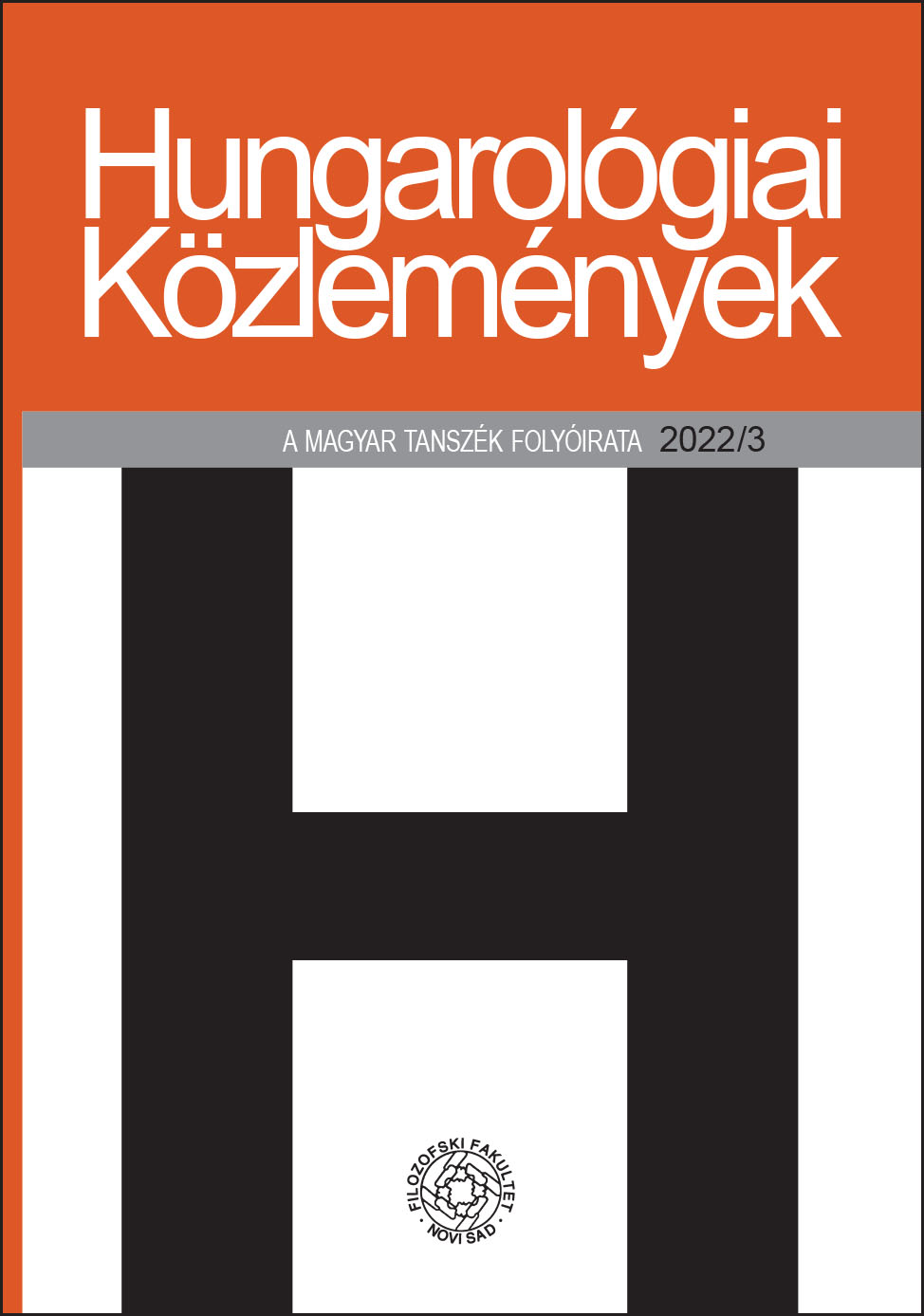Fiktív mozgás a magyar lokatív mondatokban
Fictive motion constructions in Hungarian locative sentences
Author(s): Mária SiposSubject(s): Language studies
Published by: Филозофски факултет, Универзитет у Новом Саду
Keywords: fictive motion; motion verb; locative structure; Hungarian language
Summary/Abstract: Fictive motion constructions are widely used in the languages of the world, and their general characteristics is a well researched topic. In the present paper, I give an overview of the fictive motion constructions occuring in the locative sentences of the Hungarian language. In doing so, I present the most important verbs appearing in this function, as well as separated them into various, mainly semantic, groups. The paper analyses the semantic behaviour of 18 verbs: átível ’overarch’, elnyúlik ’stretch, lie’, elterül ’spread’, emelkedik ’rise’, felkapaszkodik ’crest’, fut ’run’, halad ’go, head, move’, húzódik ’stretch (about path etc.)’, kanyarog ’wind’, kígyózik ’wind’, (követ ’follow’), leereszkedik ’go down steeply’, magasodik ’stand tall/ over sg’, megy ’go’, mered ’stand out’, meredezik ’be standing out’, vezet ’drive sy somewhere’, visz ’take sy somewhere’. Following the analysis concerning the English and Japanese languages, the subject-verb compatibility in the sentences containing travellable or non-travellable objects is also discussed.
Journal: Hungarológiai Közlemények
- Issue Year: 23/2022
- Issue No: 3
- Page Range: 69-83
- Page Count: 15
- Language: Hungarian

